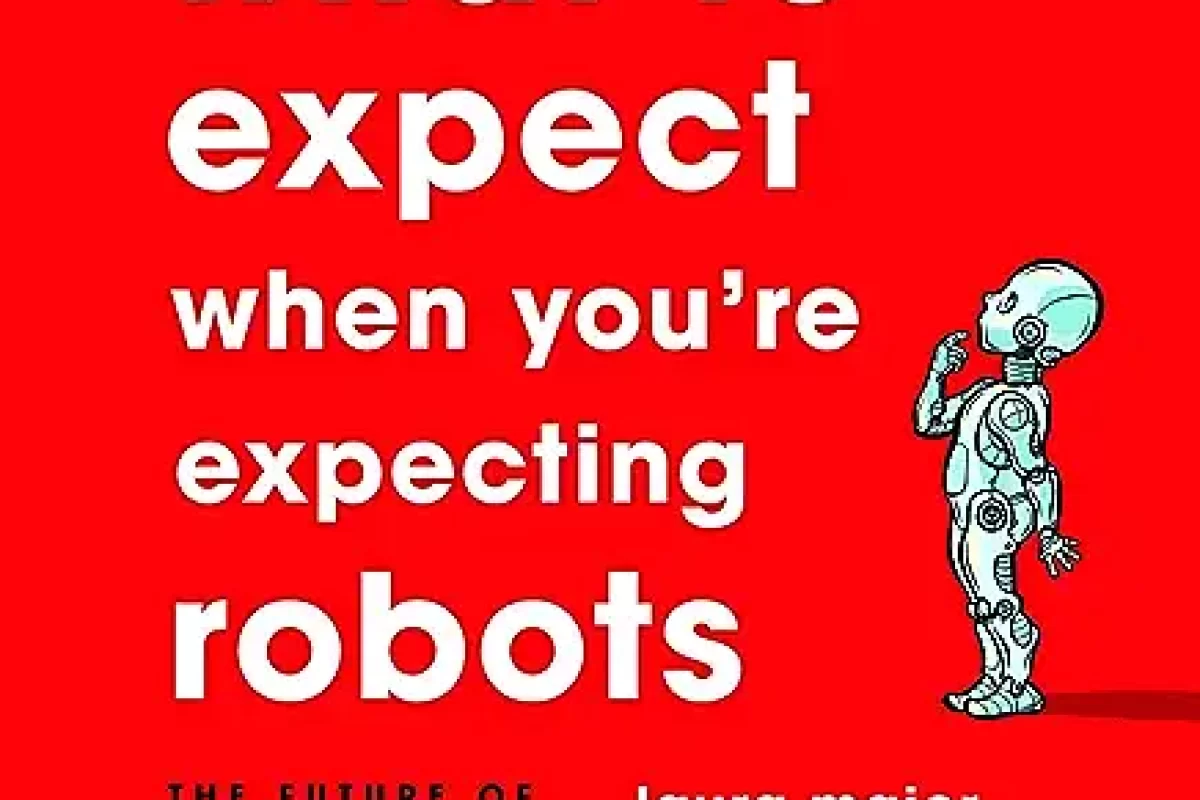In “What To Expect When You’re Expecting Robots: The Future of Human-Robot Collaboration,” authors Laura Major and Julie Shah present a comprehensive and insightful guide to understanding the burgeoning field of robotics and its potential impact on society. The book serves as a roadmap, exploring how robots could soon become an integral part of our daily lives—not as isolated, specialized machines but as collaborative partners. With backgrounds in engineering and robotics, Major and Shah bring a grounded, technical perspective to the discussions, which lends credibility to their projections and recommendations.
The book is divided into various sections that address the different dimensions of human-robot interactions, from ethical considerations to design principles. Perhaps what is most refreshing about the book is its optimism. While many works on robotics focus heavily on dystopian outcomes—job losses, ethical quandaries, and the potential for rogue AI—the authors approach the subject from a more hopeful standpoint. They argue convincingly that with the right frameworks in place, robots can genuinely augment human capabilities and improve quality of life.
That said, Major and Shah are not naïve techno-utopians. They devote ample space to discussing the challenges that lie ahead, such as ensuring safety, addressing biases in AI algorithms, and the implications of increased surveillance. The book balances its optimism with a keen sense of responsibility, insisting that the designers and users of these technologies need to be thoughtful and ethical in their approach.
However, one downside is that the book sometimes verges on being overly technical, which could alienate readers without a background in engineering or computer science. While the authors make a concerted effort to keep the content accessible, there are moments when the technical details could overwhelm a lay reader.
Overall, “What To Expect When You’re Expecting Robots” is an important and timely contribution to the discourse on the future of robotics. It is well-researched, thought-provoking, and offers a balanced view of the opportunities and challenges that lie ahead. For anyone interested in the evolving landscape of human-robot collaboration, this book serves as an essential read.




